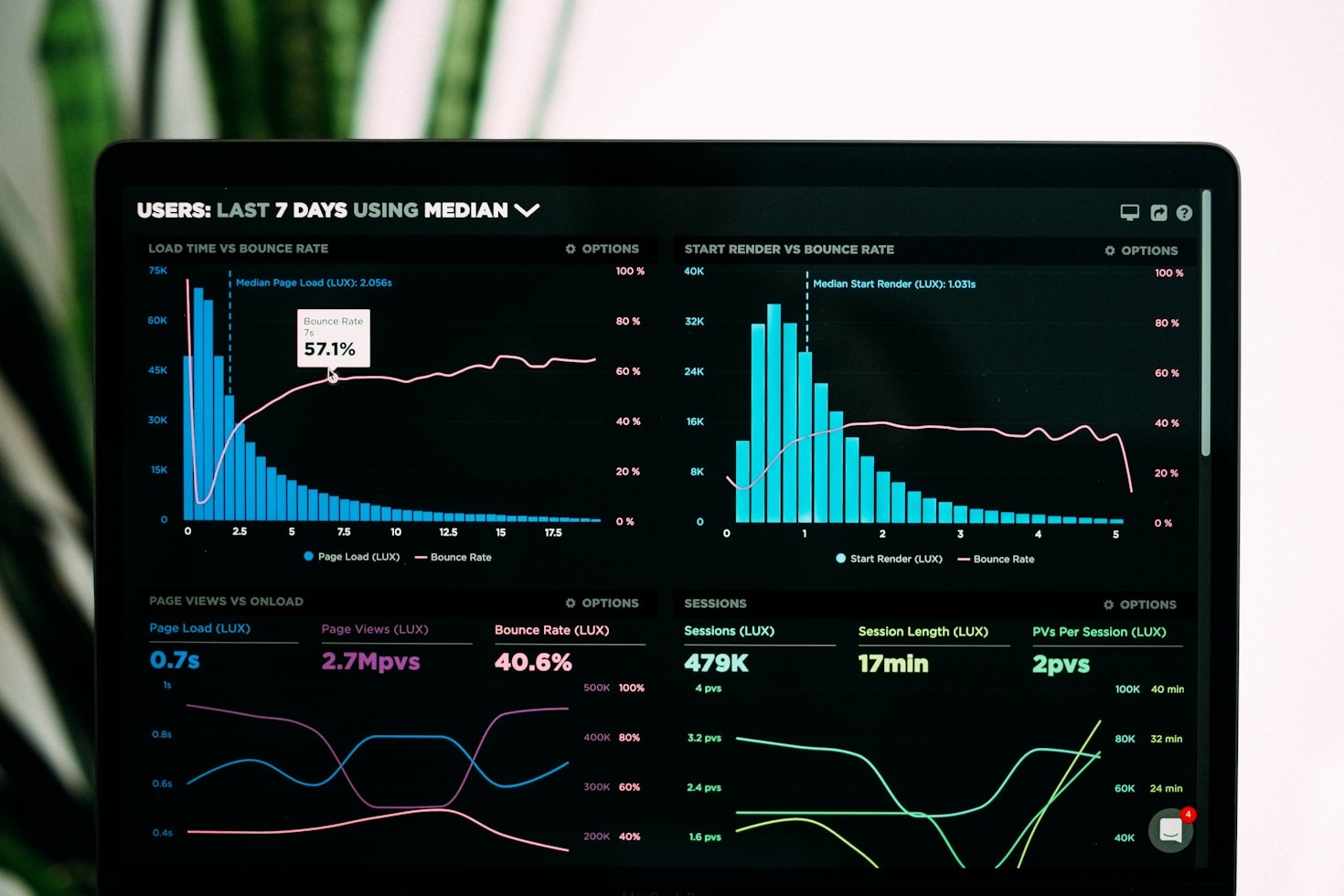Visualizing has a cascading effect on nearly every aspect of our lives.
How we carry ourselves and how we respond to failure both matter. But what’s even more important is the unconscious visualizing we do without realizing it. That automatic mental storytelling can have subtle but powerful effects on our body language, self-perception, and overall outlook.
The more negative visualizing we do, the more we feed into impulse, self-doubt, and the belief that we’re stuck. By the end of the year, we look back and think something is wrong with us. In reality, it’s not just you.
Unless you’ve gone through a major life event, there are things within your control that can help shift your mindset. One of the biggest is learning to focus on the possibility of life instead of only its hardships.
Think about an average day.
You’re driving home from work. Maybe the day was rough. You get in the car, start the engine, and within minutes you hear an odd flapping noise. You don’t know where it’s coming from, and now you’re irritated. Right away, you start imagining the worst. You think about how much the repair will cost, whether your car is falling apart, and you start seeing it as a total piece of junk. Without realizing it, you’re visualizing again.
You make it home on time and maybe text someone you’ve been talking to, someone who’s been acting distant lately. They don’t respond. Your mind goes straight to the idea that they’re not really interested. And maybe that’s true. But instead of moving forward with your evening, your brain fixates. You imagine them out with someone else, living their best life, when in reality they could just be home eating ramen in their pajamas.
This is what unconscious visualization looks like.
It’s not about forcing positivity. It’s about becoming aware of what your mind is doing and choosing to redirect it in a way that helps rather than hurts you.
Wrapping Up with Key Insights
In this concluding paragraph, summarize the key takeaways from your article, reinforcing the most important ideas discussed. Encourage readers to reflect on the insights shared, or offer actionable advice they can apply in their own lives. This is your chance to leave a lasting impression, so make sure your closing thoughts are impactful and memorable. A strong conclusion not only ties the article together but also inspires readers to engage further.


